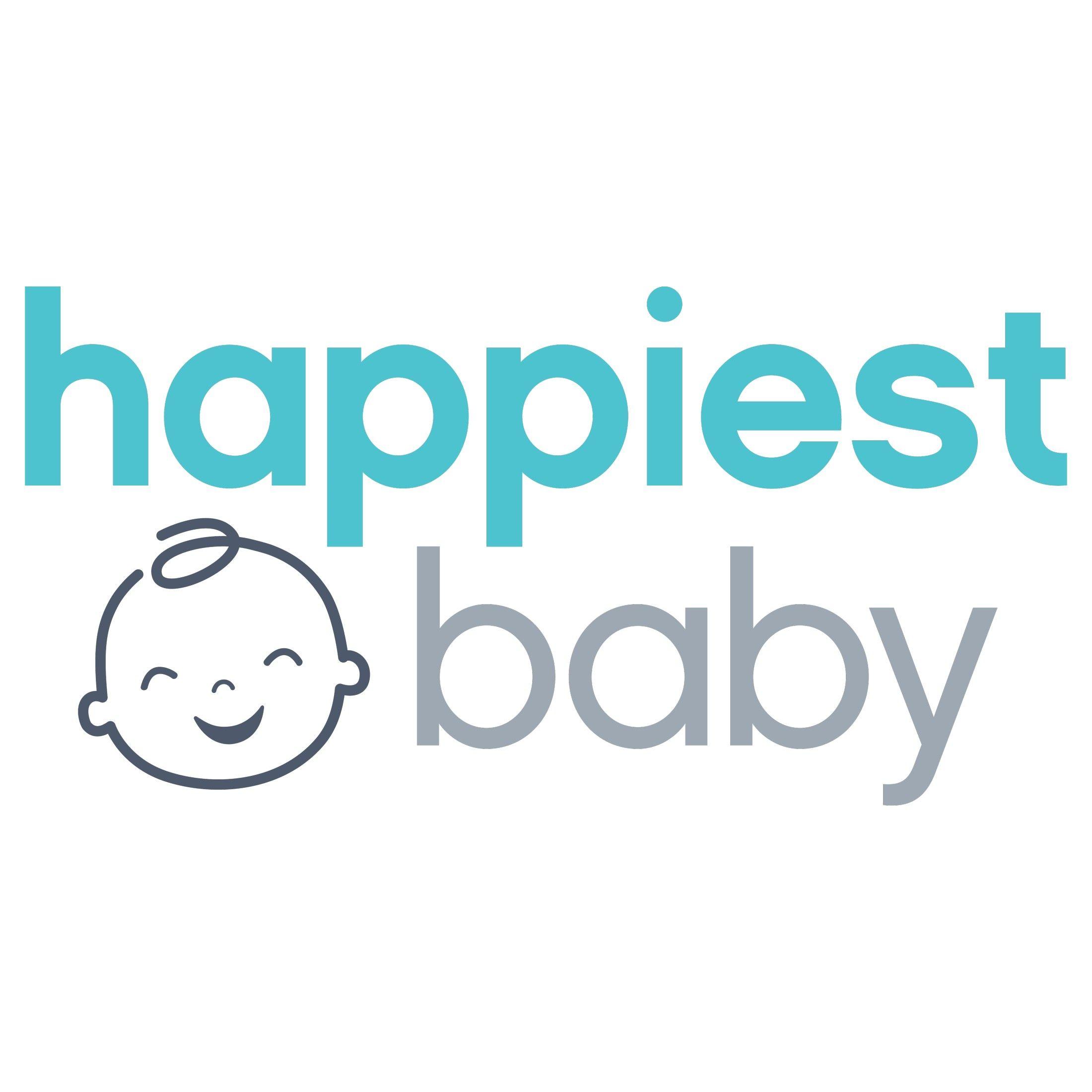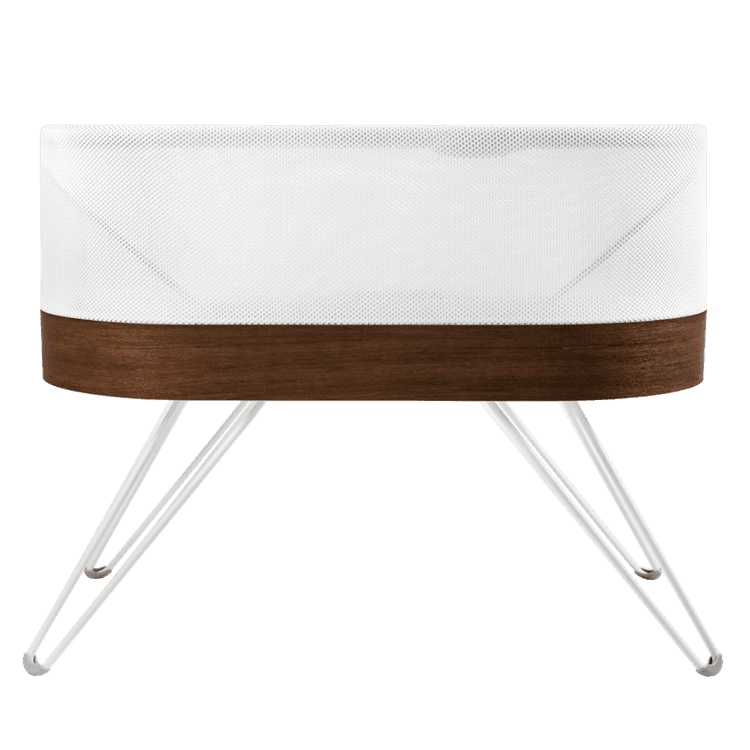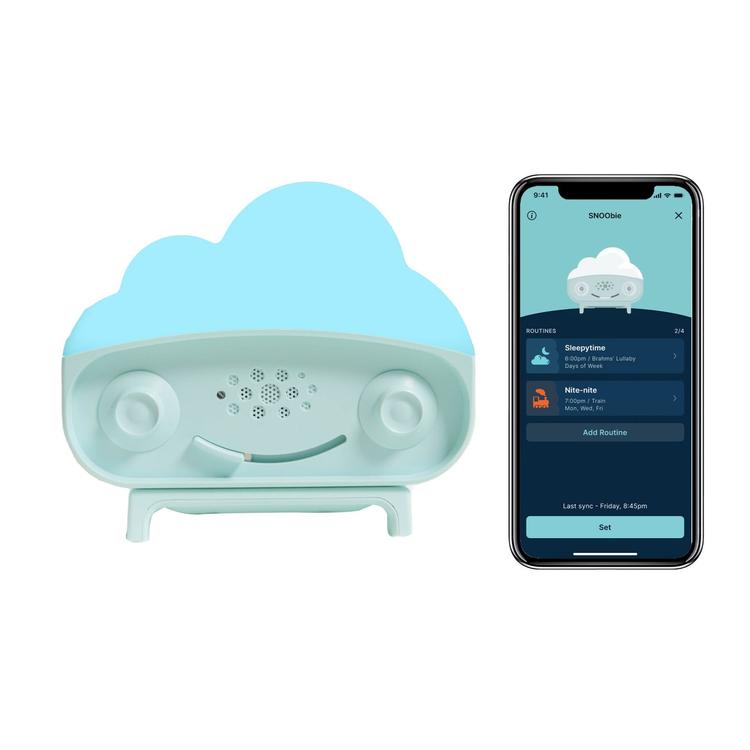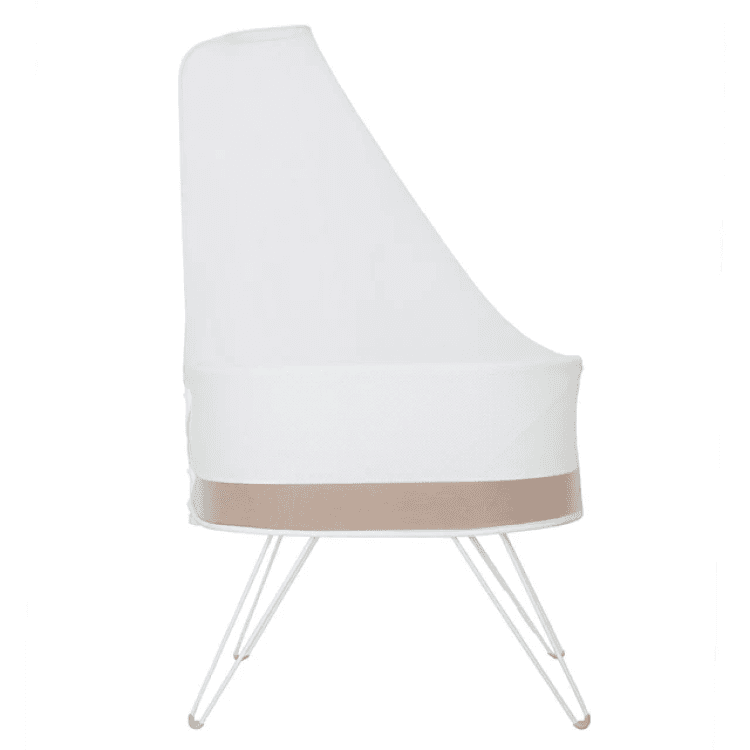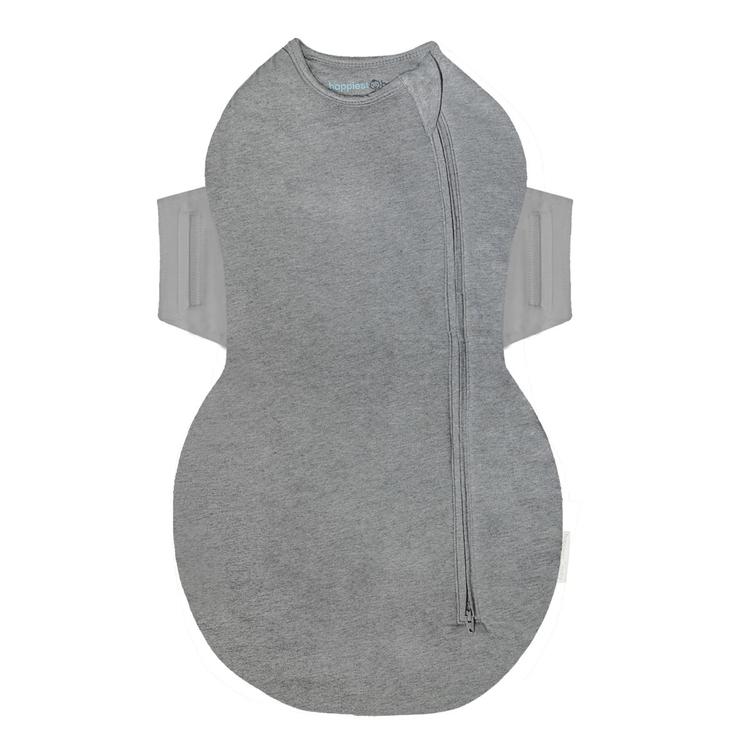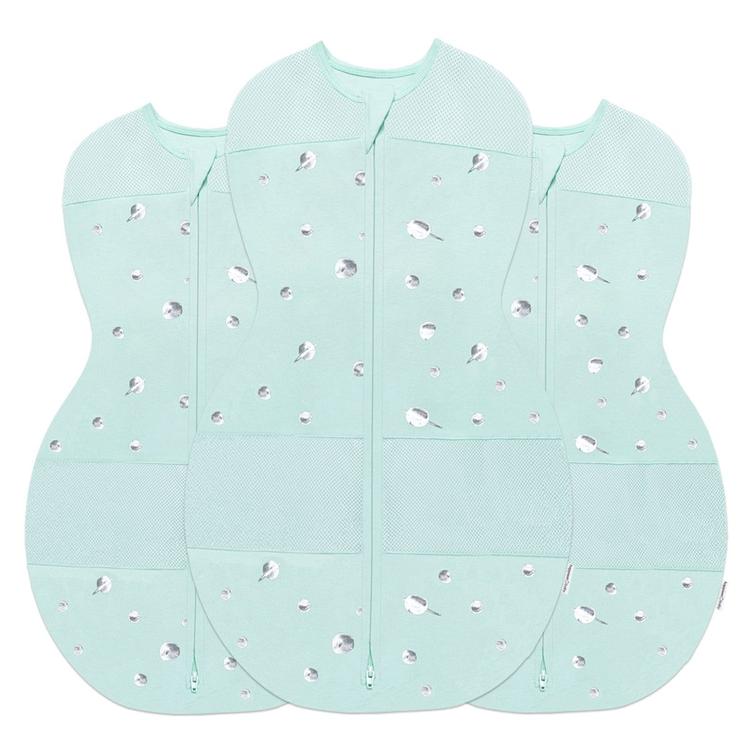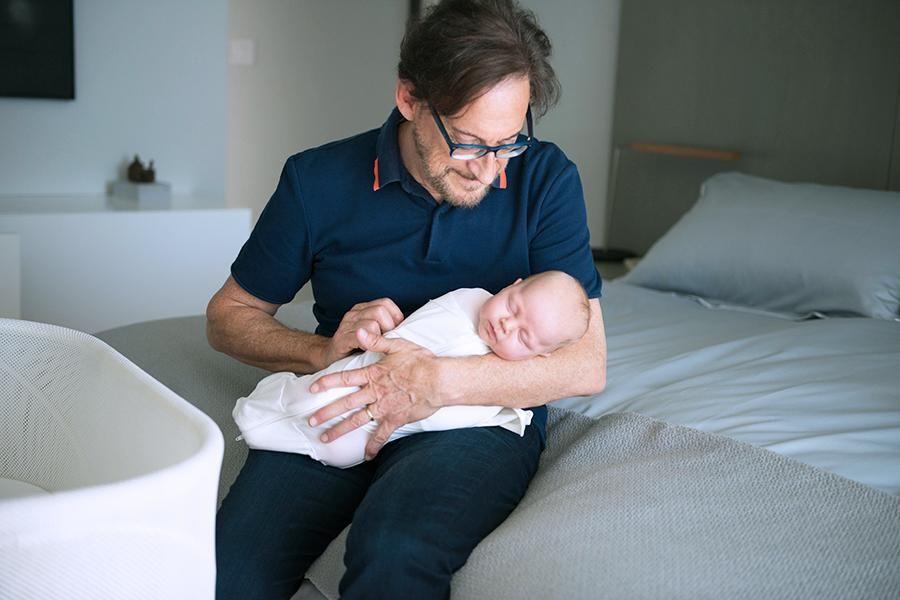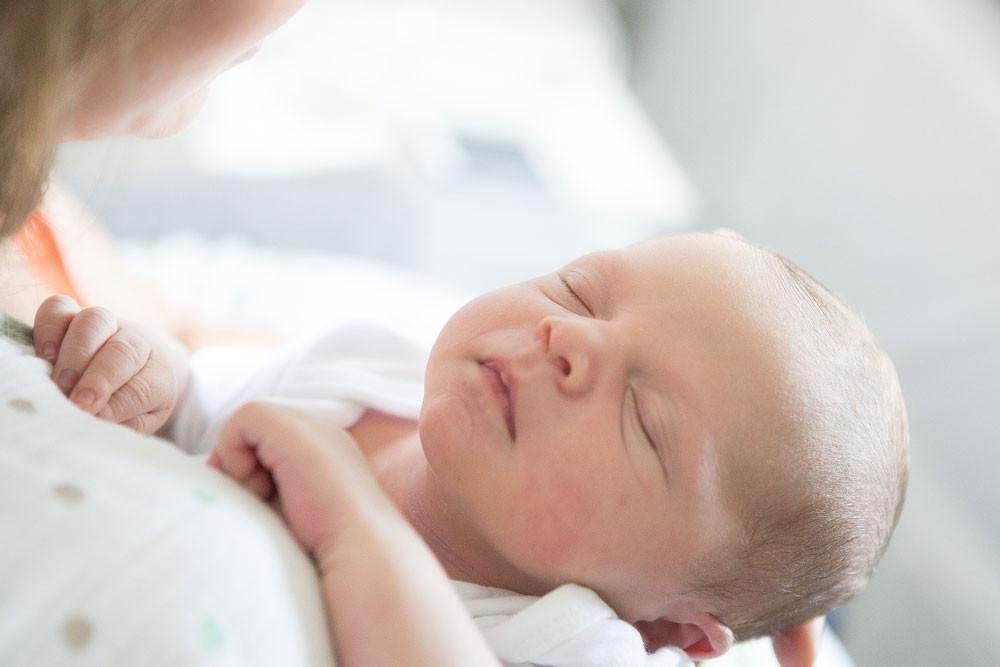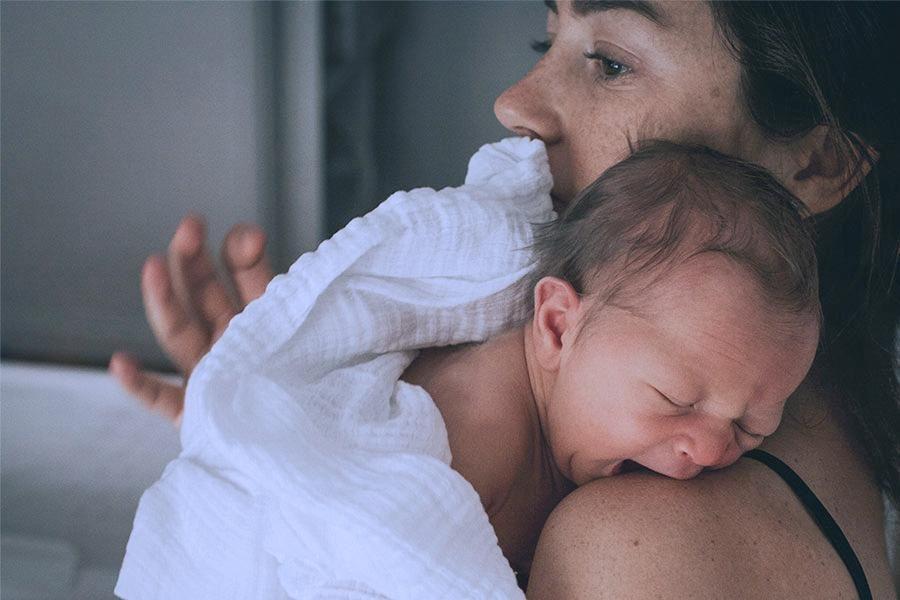It is perfectly normal and expected to still look pregnant weeks after your baby has been born. After all, your swelling needs to subside, your uterus needs to shrink, and all your displaced organs need to return to where they belong. But for up to 68% of women, there is another reason the so-called pregnancy pooch remains, and it is called diastasis recti. The good news? It is often easy to heal. Here is everything you need to know about diastasis recti.
What is diastasis recti?
Essentially, diastasis recti (DRA) means that your rectus abdominis—aka: your would-be six-pack—has partially or fully separated. This occurs when internal pressure, like a growing uterus that houses a baby, pushes on the muscles making them longer and weaker, eventually causing them to separate, which can create a bulge in the middle of your tummy.
A new study notes that the pregnancy hormone relaxin, as well as baby’s weight, both contribute to diastasis recti. Diastasis recti most often occurs during a first pregnancy and to those carrying multiples. Factors like Mum’s pre-pregnancy weight, weight gain during pregnancy, age, delivery mode, and duration of labour, do not seem to impact risk.
What are the symptoms of diastasis recti?
The most notable sign that you are dealing with diastasis recti is the bulge at the center of your tummy when you are engaging your ab muscles. But because the rectus abdominis muscles provide critical support for your organs and back muscles, when they separate, it can lead to symptoms such as:
- Poor posture
- Lower back pain
- Constipation and bloating issues
- Urinary incontinence (inability to hold in pee)
If left untreated, these symptoms could potentially lead to the following:
- Pelvic floor disorders, such as pelvic organ prolapse and painful intercourse
- Umbilical hernia
- Increased back pain
How is diastasis recti diagnosed?
Diastasis recti is pretty easy to self-diagnose (of course, you will want to check in with your medical provider for an actual diagnosis). Follow these simple steps to find out if you might be dealing with this postpartum issue:
Step 1: Lay on your back with your feet flat on the floor and your knees up. Place one hand behind your head and rest the other hand on your belly.
Step 2: Slowly lift your head and shoulders off the floor as if you are doing a crunch, leaving one hand behind your head. With your other hand, carefully feel the invisible middle line above and below your belly button.
Step 3: How many fingers fit in the gap you feel? If it is more than two fingers wide, that is generally considered moderate diastasis recti. If we are talking three or more fingers, that is generally regarded as severe.
When a physician confirms what you suspect, they will do a similar physical exam and/or offer an ultrasound. In addition, your healthcare provider will likely give you a referral to visit a physiotherapist who can provide a treatment protocol.
How is diastasis recti treated?
Before you panic, know that diastasis recti usually goes back to normal by the time your little one is 8 weeks old. (Great news!) If, however, it has been longer than that, do not hesitate to seek help. Most likely, your physician will send you to a physiotherapist who can offer simple exercises you can do at home to help support your muscles and heal your diastasis recti.
In addition to a supervised and specific core routine, you will likely focus on breath control and improving posture. For example, when standing and lifting—like picking your baby up—you do not want your spine to be rigid. Instead, it should have a gentle curve. Also, make sure that you never hold your breath when lifting.
Right now, there is no one exercise routine proven to help DRA. Instead, it is recommended that folks with diastasis recti try physiotherapy as a first line treatment, since strengthening abdominal muscles likely improves symptoms, according to a report in Frontiers in Surgery.
And if after six months of physiotherapy, diastasis recti lingers and limits your function, you can talk to your healthcare provider about the possibility of surgery to tighten up loose, bulging stomach muscles. With that, a 2020 report notes that surgery should take place at least two years postpartum—and future pregnancy should not be planned.
